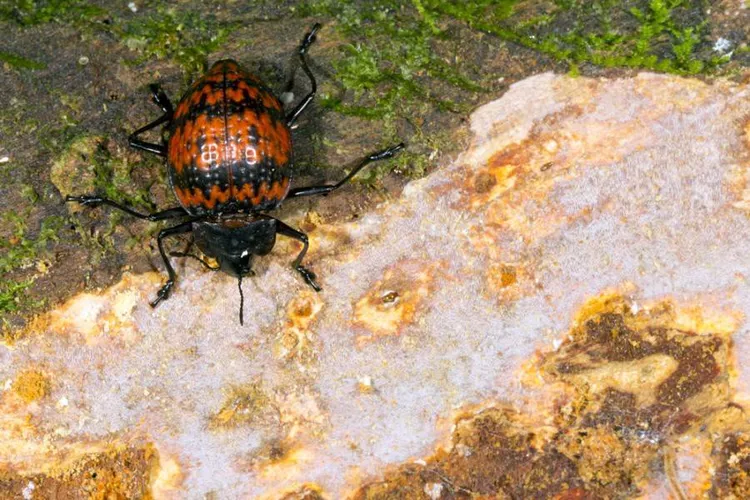When it comes to naming animal species, scientists often choose names that reflect either distinctive features or historical references, sometimes resulting in names that seem unusual or unexpected. These names might be descriptive, highlighting unique traits or behaviors, or they might have origins that are less straightforward. Here are five animals with names that might seem amusing or intriguing:
1. Wunderpus photogenicus

The wunderpus octopus, scientifically named *Wunderpus photogenicus*, is named for its striking appearance. The name “Wunderpus” combines the German word “Wunder” (meaning “wonder”) with “octopus,” while “photogenicus” hints at its visually striking patterns. This octopus is known for its rusty brown skin adorned with unique white blotches that become more elaborate as it matures. It uses these patterns and its ability to alter its appearance to blend in with its surroundings or mimic other animals to evade predators. The wunderpus lives in the coastal waters of Indonesia, Malaysia, Vanuatu, and Papua New Guinea.
2. Spiny Lumpsucker

The spiny lumpsucker is a member of the fish family Cyclopteridae. Its name comes from its spherical shape, which resembles a lump, and its modified pelvic fins that act as an adhesive disc, allowing it to cling to surfaces. Some lumpsuckers are covered in spines, leading to names like the Atlantic and Pacific spiny lumpsuckers (*Eumicrotremus spinosus* and *Eumicrotremus orbis*) and the Andriashev’s spicular-spiny pimpled lumpsucker (*Eumicrotremus andriashevi aculeatus*). These fish often use underwater vegetation for camouflage and prefer habitats with eelgrass, kelp, or algae.
3. Pleasing Fungus Beetle

The pleasing fungus beetle, from the beetle family Erotylidae, includes over 150 genera and 2,000 species. Their name comes from their diet of fungi, although some also eat plant material. Many species are harmless to humans and may even act as pollinators. However, some species can be pests, which can make their name somewhat misleading.
4. Pink Fairy Armadillo

The pink fairy armadillo (*Chlamyphorus truncatus*), also known as “pichiciego,” is the smallest armadillo species, measuring 3.5 to 4.5 inches long and weighing around 4.2 ounces. Its name reflects its small size (“fairy”) and its pinkish shell. Endemic to the sandy and grassy plains of central Argentina, this armadillo is rarely seen due to its elusive nature. It faces threats from climate change, poaching, and domestic animals, and little is known about its reproductive habits and behavior.
5. Rasberry Crazy Ant

The Rasberry crazy ant (*Nylanderia fulva*) is named after Tom Rasberry, a Texas exterminator who first identified the species in Texas in 2002. Native to South Africa, these ants have become an invasive species in the southeastern United States, known for causing electrical short circuits and being resistant to many pesticides. Recently, they have been renamed “tawny crazy ants” by Texas A&M University.
